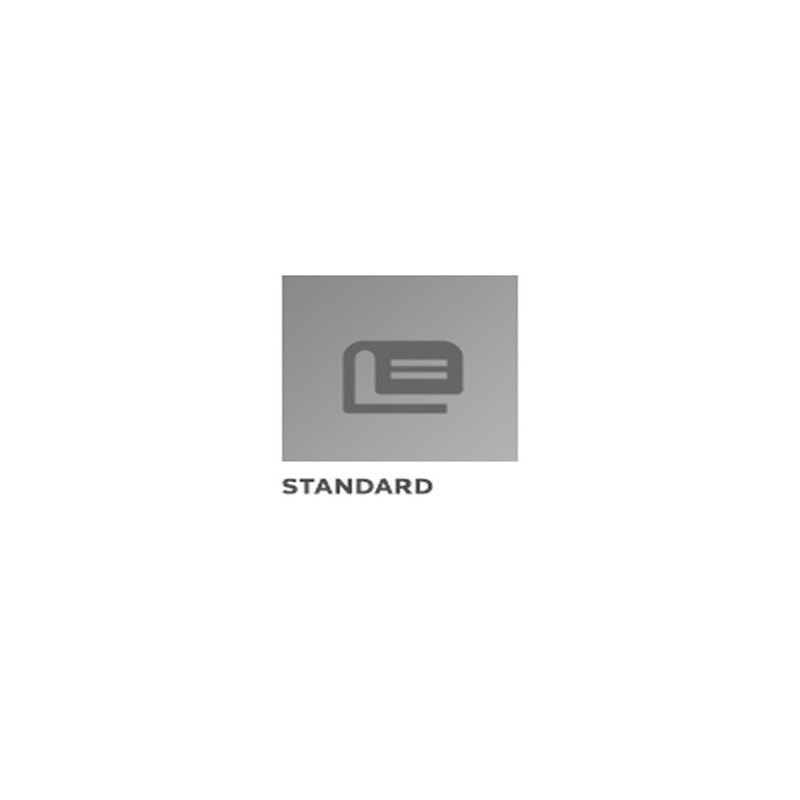Description / Abstract:
Introduction (Informative)
This standard defines logistics product data generated during
the requirements definition and design of an industry or government
system, end item or product. It makes use of the Extensible Markup
Language (XML) through the use of entities and attributes that
comprise logistics product data and their definitions. The standard
is designed to provide users with a standard set of data tags for
all or portions of logistics product data and customer defined
sub-sets of logistics product data. The standard can be applied to
any industry or government product, system or equipment acquisition
program, major modification program, and applicable research and
development projects. This standard is for use by both industry and
government activities. As used in this standard, the requiring
authority is generally the customer and the customer can be a
government or industry activity. The performing activity may be
either a industry or government activity. The use of the term
"contract" in this standard includes any document of agreement
between organizations.
The remainder of this chapter provides an overview of the types
of logistics product data contained in the standard. Chapter 2
addresses the specific use of data grouped by functional area and
entities. Functional areas can be combined to create data exchange
sets. Appendix A provides a plain English definition for each of
the data elements types used by the entities in Chapter 2.
Electronic versions of this standard provide for hypertext links
between the Chapter 2 data elements and Appendix A element type
definitions. Chapter 3 establishes the requirement to validate an
XML instance of the data contained in this standard. Appendix B
provides a dictionary of reference data element definitions
commonly used in the grouping of data elements types in Appendix A.
Once again, for electronic versions of this standard, the element
types contain hypertext links between the two appendices. Appendix
C provides the XML schema for use in exchanging the 108 entities
contained in Chapter 2 of the standard. Since data exchange can
involve updates to previously provided data sets, the appendix
contains rules for addressing data exchange updates. Finally,
Appendix D provides specific DEXs for the functional areas of Task
Analysis, Provisioning and Packaging.
There are 108 entities with nearly 600 data types contained in
the standard. Users should tailor their data transfer requirements
to the specific requirements of the customer. GEIA-HB-0007 is a
companion document to GEIA-STD-0007 that provides guidance for
tailoring and contracting for the data in this standard.
The Table of Contents and the topic headings are indicated as
either "normative" or "informative." "Normative" implies that all
content of the labeled subject contain standards or rules to be
followed. "Informative" implies additional information to support
"normative" topics.


